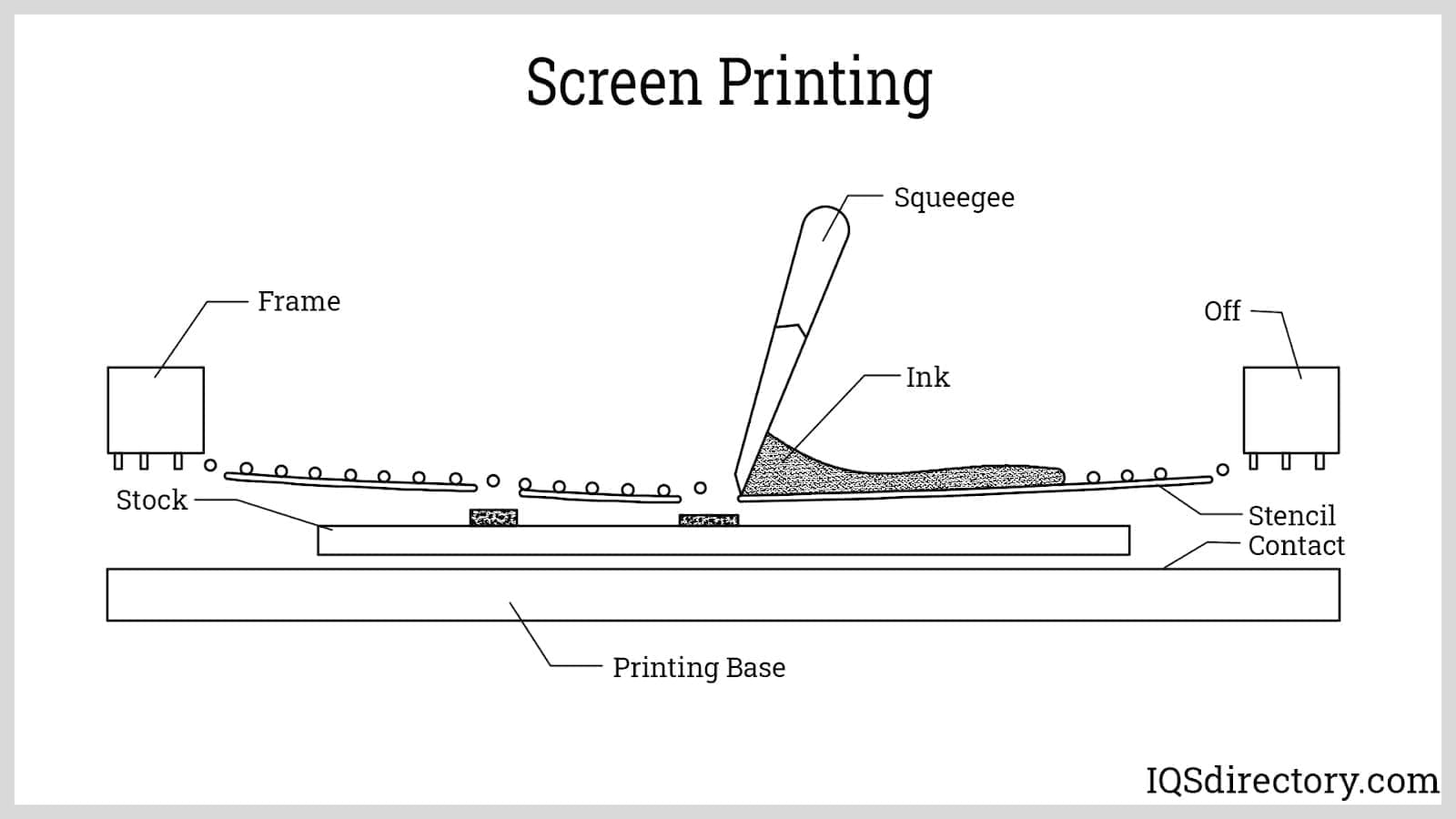Everything About Membrane Change: A Comprehensive Guide for Beginners
Membrane layer switches are important components in contemporary electronics, using an one-of-a-kind interface for customer interaction - membrane switch. Their split building and construction, consisting of overlays and conductive traces, provides capability and sturdiness. Unlike typical mechanical buttons, membrane buttons present a streamlined style and adjustable choices. Comprehending their key functions and benefits can change product layout. The ins and outs of their application and design factors to consider warrant additional expedition.
What Is a Membrane Switch over?
A membrane switch is a kind of electric button that includes a versatile membrane layer layered over a published circuit board. This style permits for a sleek and compact user interface, frequently used in different digital devices. Membrane switches are generally located in customer devices, medical equipment, and commercial machinery due to their toughness and resistance to ecological factors.The building normally consists of numerous layers, such as visuals overlays and glue backing, which offer tactile comments and secure the circuitry beneath. The operation of a membrane switch is started when stress is related to the surface, completing an electrical circuit.These switches are valued for their adaptability, allowing custom-made styles and printed graphics that accommodate certain interface. Their low-profile nature lowers area requirements, making them optimal for applications where conventional switches might not fit. On the whole, membrane layer switches provide a functional and visual option for contemporary digital tools.
Trick Parts of Membrane Switches
Membrane changes comprise numerous crucial elements that add to their capability and efficiency. The top layer, called the overlay, gives the individual interface and is frequently published with graphics or icons. Under the overlay exists a spacer layer, which separates the conductive aspects and stops unintended activation. The next essential element is the visuals layer, which improves aesthetic appeals and guarantees the longevity of the design.Conductive traces, commonly made from products like silver or carbon, are printed on the circuit layer. When stress is related to the overlay, these traces come into contact, finishing the circuit. Additionally, a support layer offers architectural support and can be made from products such as polyester or polycarbonate. Together, these parts produce a reputable, user-friendly user interface suitable for numerous applications, from family appliances to commercial equipment. Comprehending these elements is important for anyone curious about membrane button innovation.
Just How Membrane Changes Job
Understanding just how membrane layer switches function is crucial for appreciating their widespread usage in numerous devices. A membrane button runs through a series of layers, consisting of a visuals overlay, spacer, and a circuit layer. When pressure is put on the overlay, it presses the spacer layer, permitting the circuit layer to make call and finish an electric circuit. This activity sends out a signal to the device, triggering a reaction, such as transforming on a light or turning on a function.Membrane switches over can be created with different attributes, consisting of responsive feedback, backlighting, and custom-made graphics, boosting customer communication. Their construction enables a covered design, protecting the internal components from dust, dampness, and impurities. This durability makes them suitable for diverse applications, from customer electronics to industrial equipment. Overall, the simplicity and performance of membrane switches add to their appeal in contemporary technology.
Advantages of Membrane Switches Mechanical Switches
While mechanical switches have actually long been a staple in lots of gadgets, membrane switches deal distinct benefits that make them significantly appealing. One substantial advantage is their slim profile, permitting even more portable layouts and higher flexibility in item growth. Additionally, membrane layer switches feature a consistent surface area, which boosts visual appeal and simplifies cleaning, making them appropriate for atmospheres where hygiene is critical.Another benefit is their resistance to dirt and dampness. Unlike mechanical switches, which can be jeopardized by ecological variables, membrane layer switches offer a closed interface that shields versus impurities - membrane switch. Furthermore, membrane layer buttons commonly have a longer lifespan as a result of less relocating parts, resulting in boosted sturdiness and reliability.Cost-effectiveness is additionally a notable benefit, as membrane switches can be generated in mass with lower production expenses. These variables combine to place membrane buttons as a practical alternative to traditional mechanical alternatives in different applications
Typical Applications of Membrane Layer Changes
Membrane layer switches are widely used in different industries, particularly in customer electronics and industrial control panels. In consumer gadgets, they provide a smooth, user-friendly user interface, while in industrial setups, they enhance resilience and performance. Comprehending these applications highlights the adaptability and functionality of membrane switches in modern technology.
Consumer Electronic Devices Instruments
As customer electronic devices proceed to develop, membrane layer buttons have come to be a popular selection for a selection of tools as a result of their flexibility and sleek style. These switches are typically discovered in smartphones, tablets, and push-button controls, where room is restricted and appearances matter. Their low account and customizable styles allow producers to produce easy to use interfaces that boost the general user experience. In addition, membrane layer buttons are usually utilized in devices such as microwaves and coffee machine, supplying intuitive control choices while standing up to moisture and dust. The resilience and reliability of membrane layer switches make them suitable for daily customer items, making certain long life and constant efficiency. Generally, their integration check my site in consumer electronic devices shows a blend of performance and modern layout.
Industrial Control Panels
The applications of membrane switches expand beyond consumer electronic devices, finding substantial use in industrial control board. These switches are preferred for their sturdiness and resistance to harsh environments, making them ideal for making and procedure control setups. They provide a trustworthy user interface for drivers to manage equipment, screen procedures, and adjust setups. Membrane buttons can be personalized to match particular operational needs, integrating features like backlighting and tactile responses, enhancing customer experience. Their inconspicuous design permits assimilation right into different tools, while their capacity to stand up to spills, dirt, and extreme temperature levels warranties long life. In general, membrane buttons add to efficient and safe procedure in commercial applications, demonstrating their flexibility and efficiency popular environments.
Considerations for Creating Membrane Changes
When developing membrane layer buttons, choosing the appropriate materials is necessary to ensure durability and functionality. Furthermore, comprehending layer setup techniques can considerably influence the switch's performance and individual experience. These considerations play a crucial role in creating effective and reliable membrane layer button read designs.
Material Option Relevance
Material selection plays a necessary function in the layout and performance of membrane buttons. The picked materials straight affect the button's toughness, responsive action, and general visual. Secret factors to consider consist of the substratum, which should provide structural honesty while allowing for versatility, and the visuals overlay, which needs to be resistant to put on and environmental factors. Conductive materials must assure dependable electric performance, while adhesives should offer strong bonding without jeopardizing the switch's operation. In addition, compatibility with manufacturing processes and end-user settings is important; materials need to hold up against varying temperatures, humidity degrees, and chemical exposure. Inevitably, suitable material selection not just boosts the membrane switch's efficiency yet also contributes to its long life and individual contentment, making it an essential facet of the style procedure.

Layer Arrangement Methods

Regularly Asked Questions
Exactly How Long Do Membrane Layer Changes Generally Last?
Membrane layer buttons usually have a life-span of 1 to 5 million cycles, depending on usage and environmental conditions. Elements such as style high quality and operating frequency significantly influence their longevity and overall efficiency durability.

Can Membrane Switches Be Customized for Specific Designs?
Membrane switches can without a doubt be tailored to accommodate specific designs, permitting diverse forms, shades, and functionalities. This flexibility enables manufacturers to tailor these switches to meet one-of-a-kind visual and operational needs successfully.
What Materials Are Used in Membrane Change Building And Construction?
Membrane layer buttons are typically built using products such as polyester, polycarbonate, and adhesive layers. These products provide resistance, resilience, and versatility to ecological aspects, making certain the buttons function efficiently in different applications and conditions.
Are Membrane Layer Switches Water-proof or Immune to Moisture?
Membrane layer buttons can be created to be moisture-resistant, additional resources making use of specialized products and finishings. Nonetheless, their water-proof abilities depend upon construction high quality and certain applications, making it important to analyze needs for perfect performance in numerous settings.
How Are Membrane Layer Changes Fixed if Damaged?
Fixing damaged membrane layer changes typically includes replacing the impacted layer or circuit. Professionals might also apply conductive glue or use specialized fixing sets, making sure performance is recovered without total replacement of the whole button assembly. Unlike typical mechanical buttons, membrane layer buttons offer a smooth design and adjustable alternatives. A membrane switch is a kind of electrical button that is composed of an adaptable membrane layered over a published circuit board. The operation of a membrane layer switch is initiated when pressure is applied to the surface area, completing an electric circuit.These buttons are valued for their adaptability, enabling personalized designs and published graphics that cater to specific individual interfaces. While mechanical buttons have long been a staple in several tools, membrane switches offer distinct benefits that make them increasingly appealing. Membrane buttons typically have a longer lifespan due to less moving components, resulting in enhanced toughness and reliability.Cost-effectiveness is also a remarkable advantage, as membrane layer buttons can be generated in bulk with lower production costs.